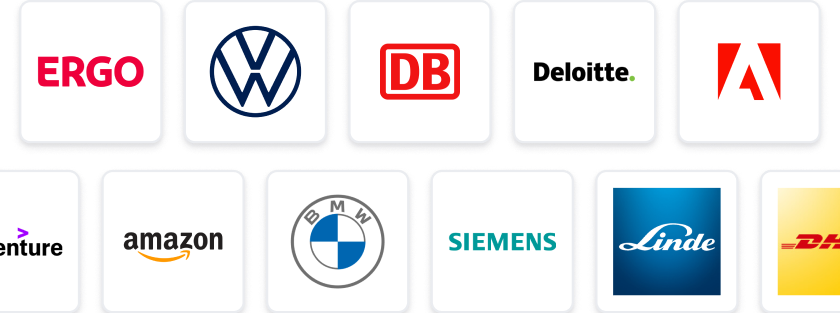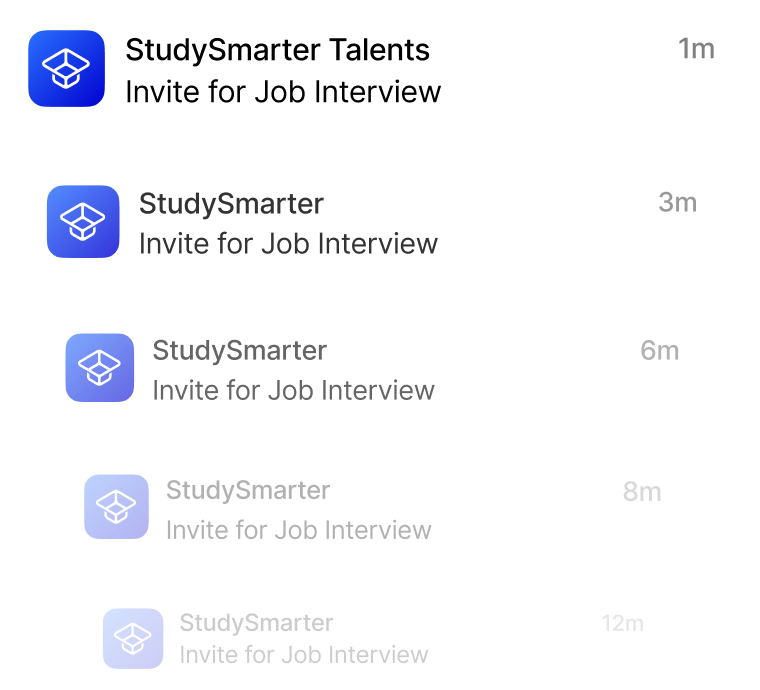At a Glance
- Tasks: Design and develop cutting-edge machine learning algorithms for complex challenges.
- Company: Join an innovative deep-tech bio company at the intersection of AI and life sciences.
- Benefits: Work with a world-class team and contribute to high-impact research in generative AI.
- Why this job: Shape the future of drug discovery with proprietary AI solutions that make a real-world impact.
- Qualifications: PhD in AI, strong publication record, and expertise in generative AI and foundational techniques required.
- Other info: Opportunity to present at top-tier AI conferences like NeurIPS and ICML.
The predicted salary is between 43200 - 72000 £ per year.
Machine Learning Researcher – Deep Tech
A highly skilled Machine Learning Researcher is required to join an innovative deep-tech bio company, focusing on leading development efforts in generative AI, including diffusion models, language models, and novel algorithm development. This role is ideal for someone who thrives on designing foundational models and developing novel AI methodologies from the ground up. You will have the opportunity to work on high-impact research.
My client is an AI-driven deep-tech company at the intersection of AI and life sciences, developing proprietary algorithms that identify and accelerate the discovery of promising drug candidates. Their team is pushing the boundaries of what’s possible in machine learning, working on fundamental advancements that have real-world impact.
What You’ll Do:
- Design and develop novel machine learning algorithms tailored to address complex and challenging problems.
- Dive into cutting-edge AI, including generative AI, diffusion models, and foundational model architectures.
- Maintain an active research presence with publications and presentations at top-tier AI conferences such as NeurIPS, ICML, and ICLR.
- Shape and implement proprietary AI solutions that redefine how drug candidates are identified and validated.
Who You Are:
- PhD in Artificial Intelligence, Machine Learning, Computer Science, or a related discipline.
- A strong publication record as a first author in leading AI venues (e.g., NeurIPS, ICML, ICLR).
- Expertise in generative AI, diffusion models, large language models, and foundational AI techniques.
- Proven experience in developing algorithms and machine learning systems from the ground up, with a focus on originality and scalability.
Why Join Us?
Be part of a team of world-class researchers and scientists at the forefront of generative AI and foundational model research.
#J-18808-Ljbffr
Machine Learning Applied Researcher employer: Barrington James
Contact Detail:
Barrington James Recruiting Team
StudySmarter Expert Advice 🤫
We think this is how you could land Machine Learning Applied Researcher
✨Tip Number 1
Network with professionals in the AI and machine learning community. Attend conferences like NeurIPS, ICML, and ICLR to meet potential colleagues and learn about the latest research trends. Engaging with others in your field can lead to valuable connections and insights that may help you stand out.
✨Tip Number 2
Showcase your expertise by contributing to open-source projects or publishing your own research. This not only demonstrates your skills but also highlights your commitment to advancing the field. Make sure to share your work on platforms like GitHub or ResearchGate to increase visibility.
✨Tip Number 3
Prepare for technical interviews by brushing up on your knowledge of generative AI, diffusion models, and foundational model architectures. Be ready to discuss your previous projects and how they relate to the role. Practising problem-solving and algorithm design can also give you an edge.
✨Tip Number 4
Stay updated on the latest advancements in AI and machine learning by following relevant journals, blogs, and podcasts. Being knowledgeable about current trends and breakthroughs will not only enhance your understanding but also allow you to engage in meaningful conversations during interviews.
We think you need these skills to ace Machine Learning Applied Researcher
Some tips for your application 🫡
Tailor Your CV: Make sure your CV highlights your relevant experience in machine learning, particularly any work related to generative AI, diffusion models, and foundational model architectures. Emphasise your PhD and any publications in top-tier AI conferences.
Craft a Compelling Cover Letter: In your cover letter, express your passion for AI and life sciences. Discuss specific projects or research that align with the company's focus on drug discovery and how your skills can contribute to their innovative efforts.
Showcase Your Research Experience: Detail your research experience, especially any publications as a first author in leading AI venues. Highlight your contributions to the field and how they relate to the role you are applying for.
Prepare for Technical Questions: Anticipate technical questions related to machine learning algorithms and methodologies. Be ready to discuss your approach to developing novel AI solutions and any challenges you've faced in your research.
How to prepare for a job interview at Barrington James
✨Showcase Your Research
Be prepared to discuss your previous research projects in detail, especially those related to generative AI and diffusion models. Highlight your contributions and any publications you've authored, as this will demonstrate your expertise and commitment to the field.
✨Understand the Company’s Focus
Familiarise yourself with the company's work at the intersection of AI and life sciences. Understanding their proprietary algorithms and how they impact drug discovery will help you align your answers with their goals during the interview.
✨Prepare for Technical Questions
Expect in-depth technical questions about machine learning algorithms and methodologies. Brush up on foundational model architectures and be ready to explain complex concepts clearly, as this will showcase your depth of knowledge.
✨Demonstrate Originality and Scalability
Discuss examples from your past work where you developed original algorithms or systems. Emphasise how these solutions were scalable and could address complex problems, as this aligns with the role's requirements.

